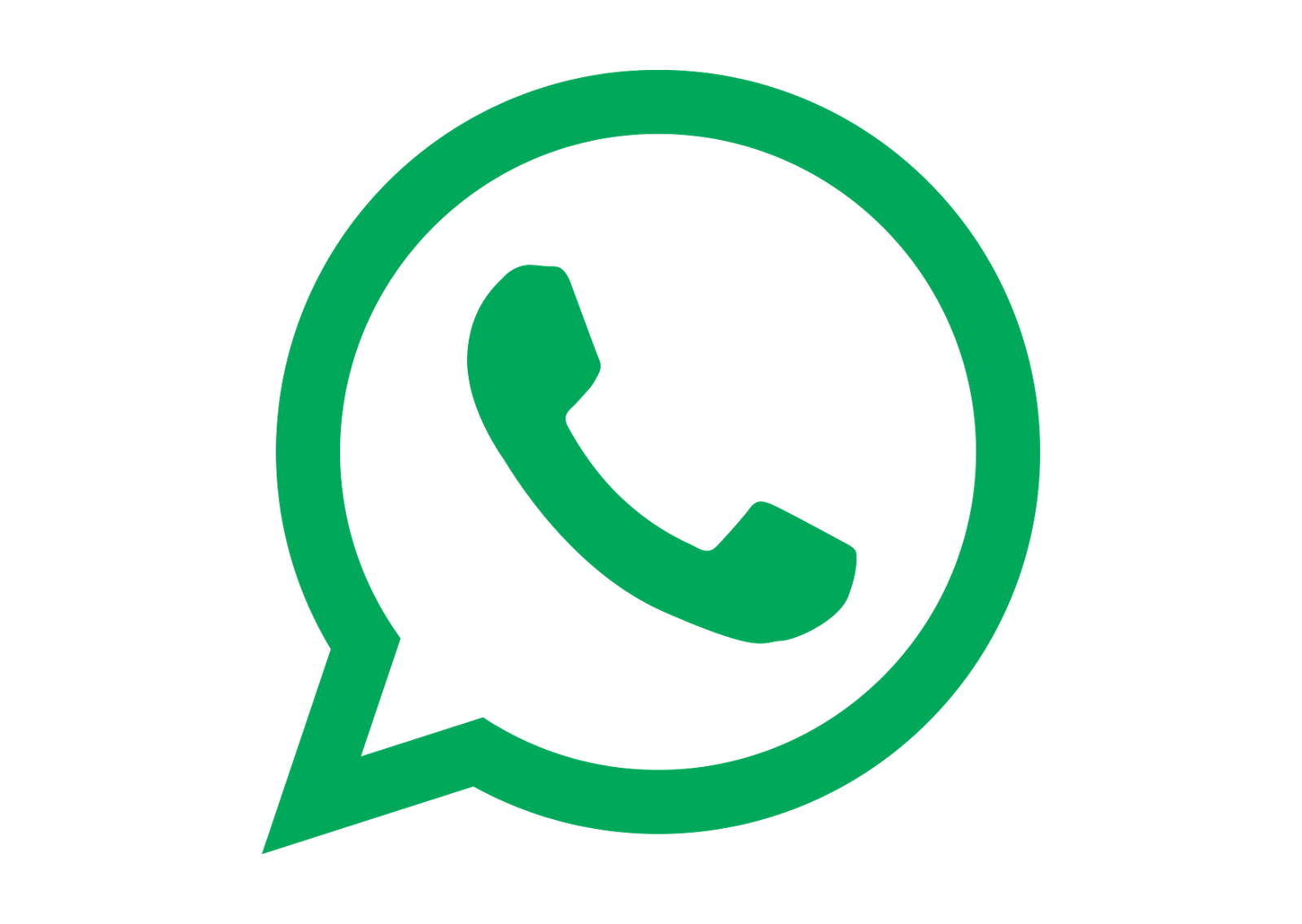This post will explore broken blood vessels or spider veins on the face. Why they happen, causes, and treatment.
Let’s get started.
What Are Blood Vessels Or Spider Veins?
Broken blood vessels, commonly known as "spider veins" or "thread veins," arise when they become dilated or expanded just under the surface of your skin. Small red lines create a web-shaped structure. They usually appear on the legs and face.
Broken capillaries, or facial veins, manifest on the nose, chin, and cheeks. While facial veins on the face aren't painful, they may be embarrassing.
Because the blood pressure is higher, the capillaries under the skin will pop out as they grow. Due to their proximity to the epidermis, these alterations often stand out more clearly.
The Truth About The Thread Veins
Having thread veins becomes more frequent as you get older. As you age, your veins may become weaker and more likely to expand and stretch. This is especially true if we hurt our veins (from the inside or outside). Because skin thins with age, dilated veins might become more prominent.
What Are The Leading Causes of Broken Blood Vessels on The Face?
The formation of spider veins, also called telangiectasias, on the face can have several different causes.
However, some individuals have a higher risk of acquiring spider veins than others owing to genetic characteristics.
Aging: The skin becomes less flexible with age, which makes it more likely that blood vessels will break.
Sunburn: Too much time in the sun can hurt the skin and make blood vessels look bigger.
Rosacea: Inflammation, redness, and broken capillaries on the face are all symptoms of rosacea, a skin ailment.
Hormonal changes: Vein alterations like those seen during pregnancy and menopause may be attributed to hormonal changes.
Trauma: Broken blood vessels can be caused by injuries or facial trauma, like a burn or surgery.
Alcohol: Drinking too much alcohol may cause the veins and arteries to bulge out of the skin.
Drugs: Some medications, including birth control pills, have been linked to developing spider veins on the face.
Exposure to high temperatures: Frequent exposure to hot or cold temperatures may cause blood vessels to dilate, thereby increasing their visibility.
How Do You Cure Spider Veins on Face or Telangiectasias?
There are a few techniques for healing a broken blood vessel on the face.
- Over time, vitamin K and retinoids-containing topical lotions and gels may help improve the appearance of damaged blood vessels.
- Laser therapy treatments, such as intense pulsed light (IPL) or laser resurfacing, may target and eliminate the damaged blood vessels.
- The medical technique known as sclerotherapy involves injecting a solution into the damaged blood arteries to cause them to constrict.
- As part of a medical treatment known as electrodesiccation, damaged blood arteries are rendered invisible by being subjected to a mild electric current.
- Cryotherapy is a medical practice involving liquid nitrogen to freeze and kill damaged blood vessels.
It is essential to contact a dermatologist or a skilled healthcare practitioner to decide the best treatment choice for you.
Conclusion
There is currently no sure way to get rid of broken blood vessels on the face, although several treatments may assist.
You often turn to natural therapies when you first see broken capillaries or spider veins on your face. Natural remedies have little danger unless you are allergic to one of the elements.
After facial vein therapy, your skin could be red and irritated, but a cool compress might help. Within a few days, your skin tone should improve.
So, what are you waiting for? Explore TheSkinFit Pakistan's leading online cosmetics and beauty store.

